BLUEGREEN ALLIANCE
We are well into the 21st century, but American transportation is still rooted firmly in the 20th. Our highways, transit and rail infrastructure need massive investment; further delay only hinders our economy and limits employment potential. Investments in a 21st century transportation system, as well as building the next generation of cleaner and electric vehicles, will create manufacturing jobs across the nation.
View this complete post...
Tags: BGA, BlueGreen Alliance, Reauthorization
Posted in
Clean Air, Employment, Energy, Environment, Equity, Green, Infra Views, Jobs, National, Policy, Pollution, Recovery, Smart Growth, Sustainability
Comments Off on Invest in a Prosperous and Healthy America
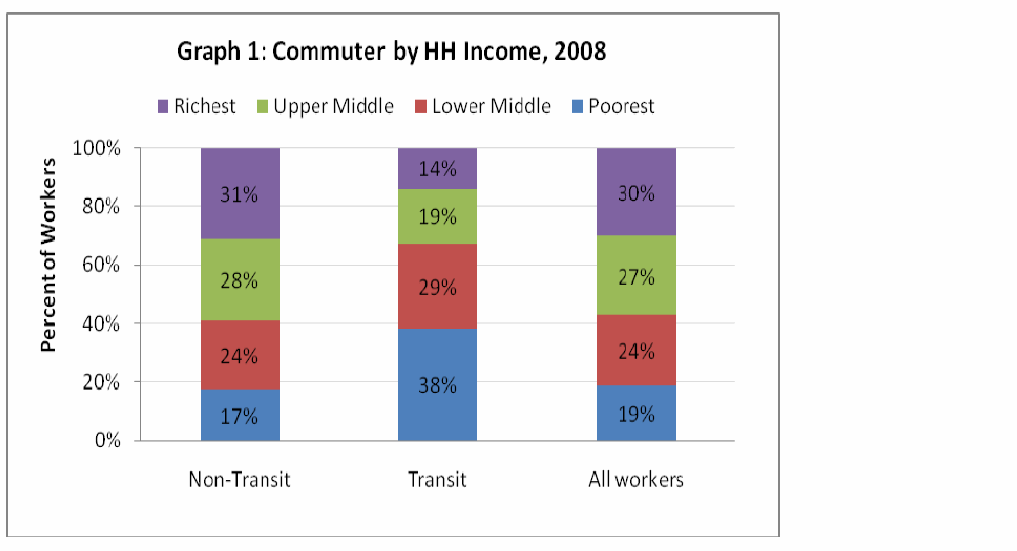












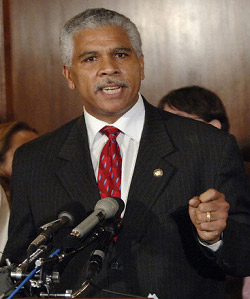
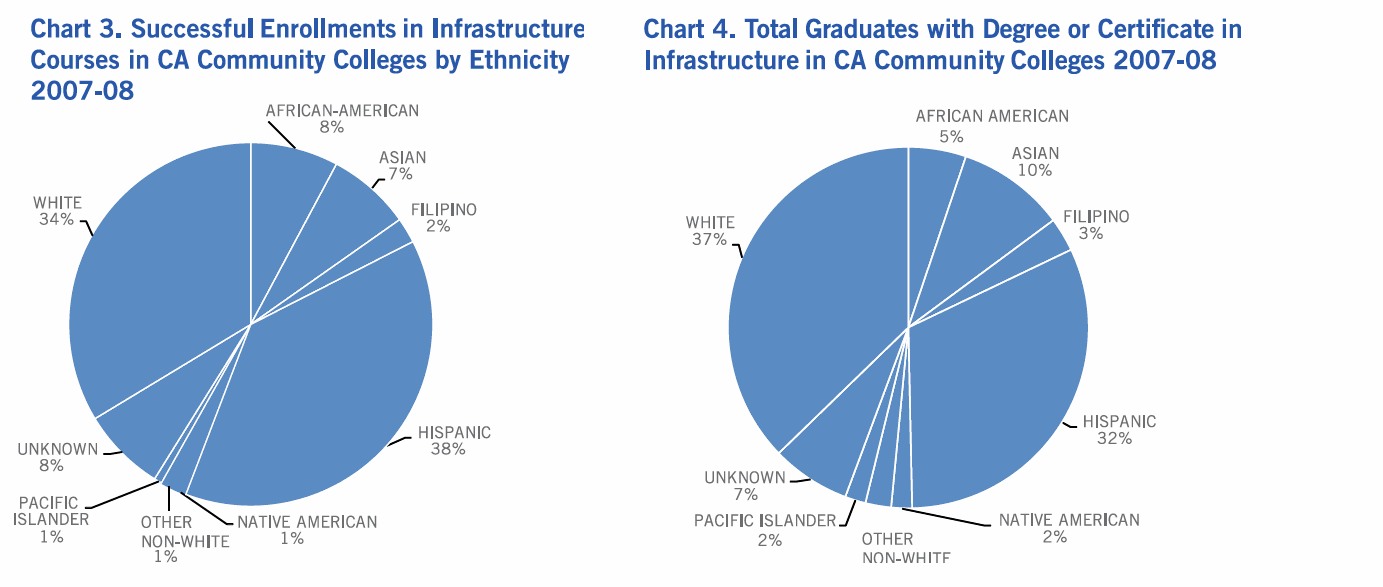
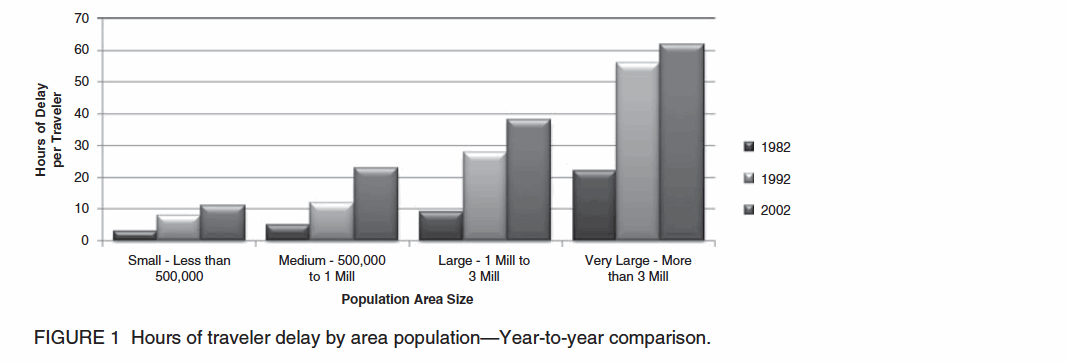
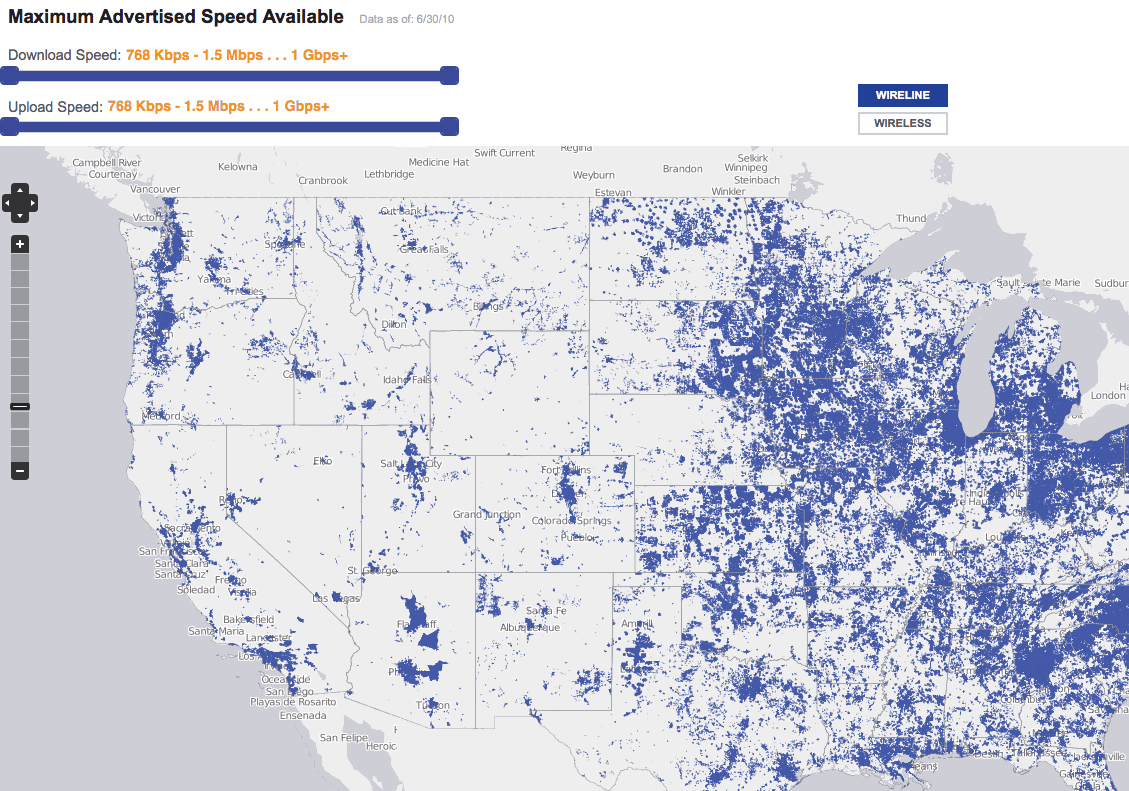
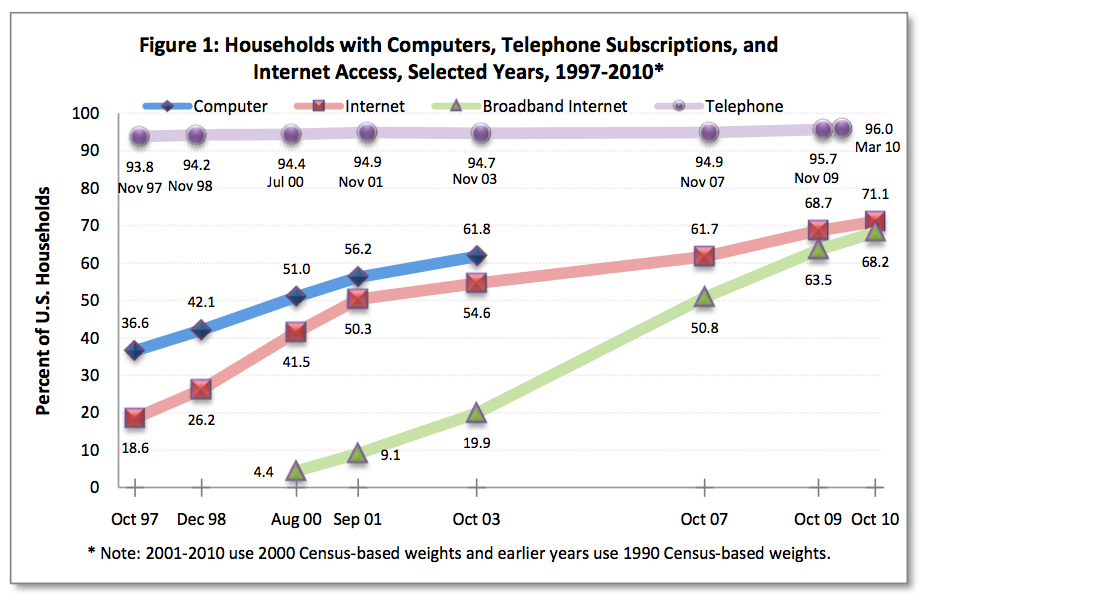
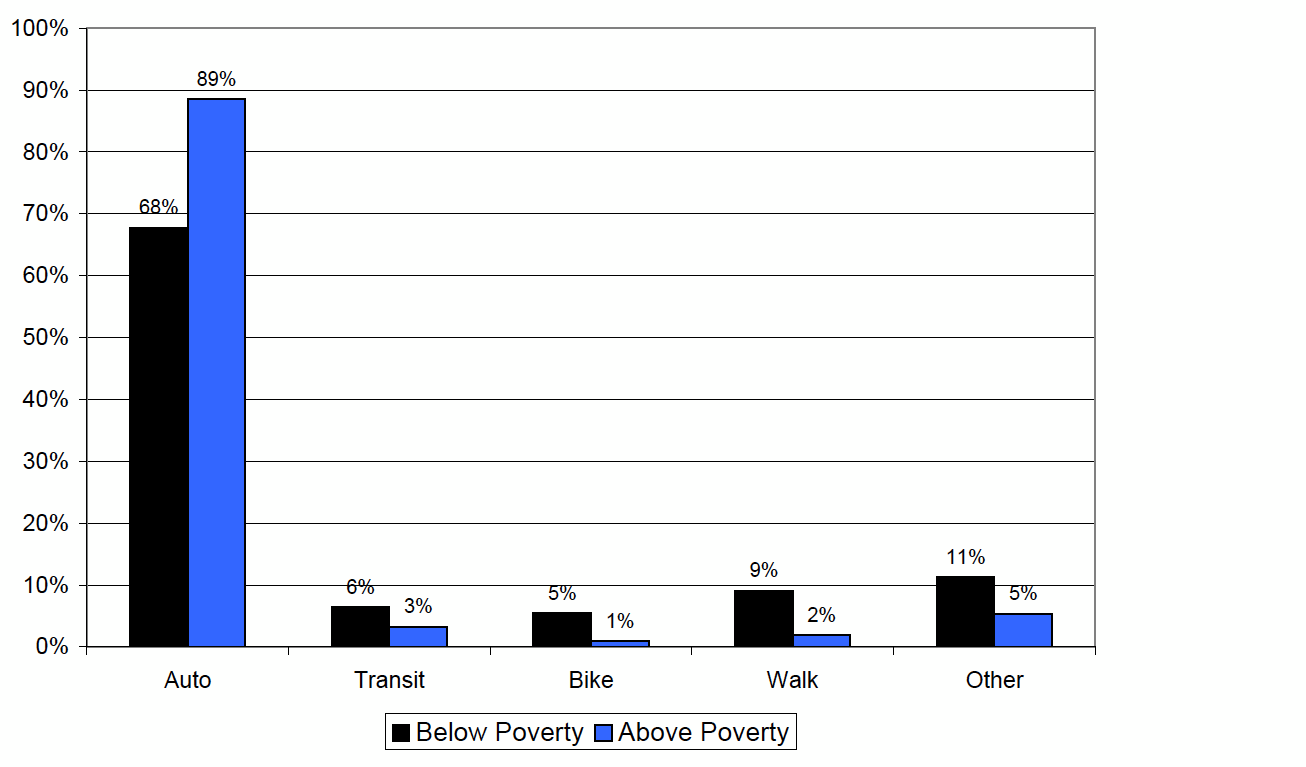

 RSS Feed
RSS Feed